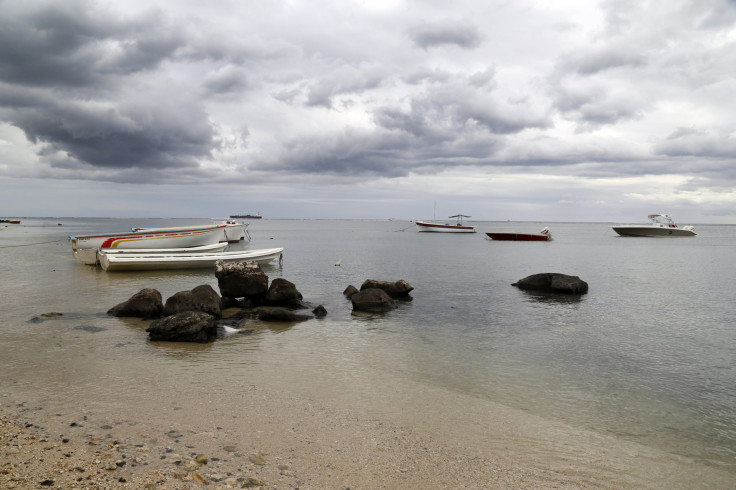Mauritia ‘Lost Continent’: Crust From Ancient Undiscovered Landmass Found On Mauritius

We know the seven continents on Earth today, and we know that at some point in the past, about 200-million-years ago, there was only one, called Pangaea. We also know that Pangaea split into two supercontinents, Gondwana and Laurasia — the former accounts for most of the present day’s Southern Hemisphere landmass, as well as the Indian Subcontinent, while the latter broke into the continents that make up the Northern Hemisphere.
And it turns out that when Gondwana broke up into Africa, Antarctica, Australia, India and South America, it wasn’t a clean break. It was a complex splintering process, which also led to some of the continental material floating about in what was then a nascent Indian Ocean, a new study found. And the researchers arrived at their conclusion by studying zircons — a mineral found mainly in granites from continents — found in Mauritius.
“Earth is made up of two parts — continents, which are old, and oceans, which are ‘young’. On the continents you find rocks that are over four billion years old, but you find nothing like that in the oceans, as this is where new rocks are formed. Mauritius is an island, and there is no rock older than 9-million-years-old on the island. However, by studying the rocks on the island, we have found zircons that are as old as 3 billion years,” lead author Lewis Ashwal, a geologist and professor at the University of Witwatesrand in South Africa, said in a statement.
The piece of crust Ashwal and his collaborators, Michael Wiedenbeck from the German Research Centre for Geosciences and Trond Torsvik from the University of Oslo, found and studied was covered by lava during volcanic eruptions on the island. But based on the age of the zircons, the researchers think “there are much older crustal materials under Mauritius that could only have originated from a continent.”
Traces of zircon billions of years old has been found previously on the island as well, on the sand on its beaches. A 2013 study describing that was criticized using the argument that the small traces could have been blown in by the wind, or even carried on the wheels of vehicles or the soles of scientists’ footwear.
“The fact that we found the ancient zircons in rock (6-million-year-old trachyte), corroborates the previous study and refutes any suggestion of wind-blown, wave-transported or pumice-rafted zircons for explaining the earlier results,” Ashwal said.
He added that pieces of various sizes of the “undiscovered continent,” called Mauritia, which broke away from Madagascar, are perhaps spread over the Indian Ocean.
The study, titled “Archaean zircons in Miocene oceanic hotspot rocks establish ancient continental crust beneath Mauritius,” was published Tuesday in the journal Nature Communications.
© Copyright IBTimes 2024. All rights reserved.





















